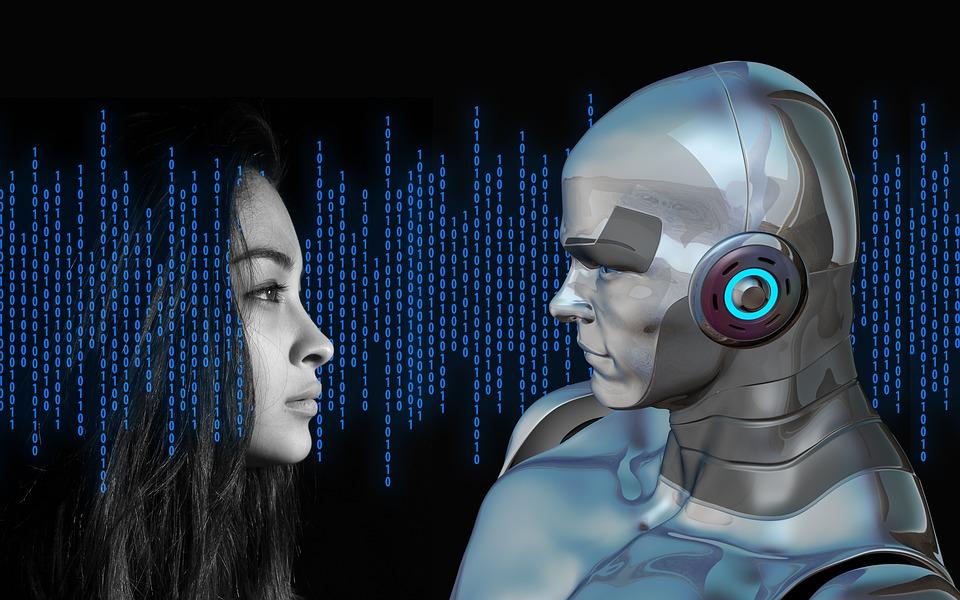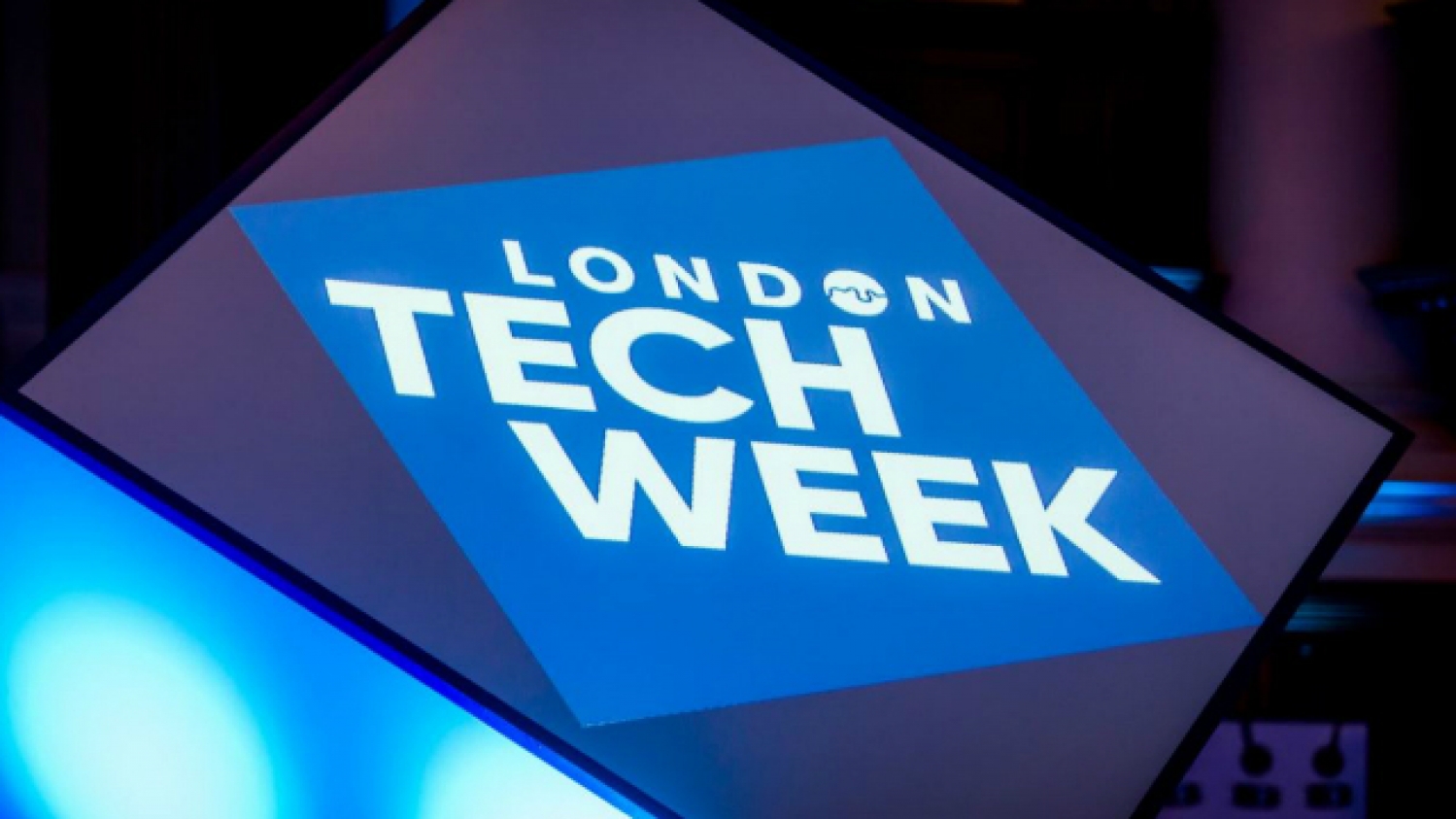Business Daily Africa: Monday, February 19
The future of the workforce is one of the biggest issues facing CEOs today.
It’s abundantly clear to all that artificial intelligence, big data analytics and advanced robotics make it possible for machines to take on tasks that once required a person to do them.
How should companies prepare to thrive in this world?
Views on what to expect vary dramatically.
By some accounts, almost half of all jobs in the US economy could be made obsolete.
Others have described how intelligent machines will actually create jobs.
Some people even talk about a world of superabundance where work will be all about pursuing your passions.
Most companies are already moving rapidly to acquire new technological capabilities.
In a new Accenture survey of 1,200 global C-level executives, 75 per cent say that they are currently accelerating investments in AI and other intelligent technologies.
And 72 per cent say that they are responding to a competitive imperative — they recognise the need for new tools to keep up with rivals.
Some companies are transforming themselves into “intelligent enterprises,” in which all processes are digitised, decisions are data-driven and machines do the heavy lifting — both physical and cognitive.
So, there’s a great deal at stake in the debate over productivity and jobs.
Leaders must understand the debate and be prepared to address tough questions: What kind of new skills do we need? How should we be organised? How can we bring our people along with us, in a way that benefits everyone?
We’ve identified five schools of thought in this debate.
The Dystopians
Man and machine will wage a Darwinian struggle that machines will win. AI systems will take on tasks at the heart of middle- and high-skill jobs, while robots perform menial work.
The result will be massive unemployment, falling wages and wrenching economic dislocation.
Falling incomes will have grave consequences in places like the United States and Europe, where consumption accounts for 56 per cent and 69 per cent of gross domestic product, respectively, requiring new social supports, such as a universal basic income.
The Utopians
Intelligent machines will take on even more work, but the result will be unprecedented wealth, not economic decline.
AI and computing power will advance in the next two decades to achieve “the singularity” — the moment when machines are able to emulate the workings of the human brain in its entirety.
Human brains will be “scanned” and “downloaded” to computers and billions of replicated brains will do most of the cognitive work, while robots do all the heavy lifting. Economic output could double every three months.
The singularity may even lead to a world where little human labour is required, a universal income programme covers basic needs and people apply their talents only to meaningful pursuits.
Technology Optimists
A burst of productivity has already begun but is not captured in official data because companies are still learning how intelligent technologies can change how they operate.
When companies do take full advantage of these technologies, a leap in productivity will produce a digital bounty — creating both economic growth and improvements in living standards not counted in GDP.
However, based on current trends, this bounty won’t be distributed evenly, and many jobs will be displaced.
To avoid negative income and employment effects, there will be a need to invest in education and training.
Productivity Sceptics
Despite the power of intelligent technologies, any gains in national productivity levels will be low.
Combine that with headwinds from aging populations, income inequality and the costs of dealing with climate change, and the United States will have near-zero GDP growth.
In the end, there isn’t much to do except brace for stagnant growth in advanced economies.
Optimistic Realists
Digitisation and intelligent machines can spur productivity gains that match previous technology waves.
Productivity will advance rapidly in certain sectors and for high-performing companies.
New jobs will be created, but intelligent technologies may exacerbate the trends of the recent past, in which demand rose for both high- and low-skill workers whose jobs could be easily automated, while demand for middle-skill workers fell.
Shaping the future
Our crystal ball for what things might look like in 10 years is cloudy. What we do know is that business leaders must take steps now to shape their workforces for the emerging intelligent enterprise.
Our research and experience point to the following critical imperatives:
Use technology to augment human skills and reinvent operating models.
Companies that think beyond labour substitution and cost savings will see a much greater payoff. For example, a new class of adaptive robots can function safely alongside workers and take on difficult and tedious work.
At BMW’s Spartanburg, South Carolina, plant, robots are installing door-sealing gaskets, an awkward and tiring job for workers.
This speeds up the line, improves quality and gives workers more time to do higher-value work.
Researchers estimate that using adaptive robots in this way could cut time wasted on non-value-added work by 25 per cent.
Take the opportunity to redefine jobs.
Companies cannot optimise their investments if they have the same old job descriptions.
Executives should assess the tasks that need to be done, anticipate which ones will be transferred to machines, then reconfigure jobs by adding new tasks or creating entirely different roles that are needed for managing intelligent technologies.
A factory worker, for example, can be trained to run robots. AI systems also need human help to train and correct algorithms and override fallible machine judgment.
For example, at Stitch Fix, an online clothing subscription service, 3,400 human stylists work with an AI recommendation engine to make personalised suggestions for customers.
Harvard Business Review


